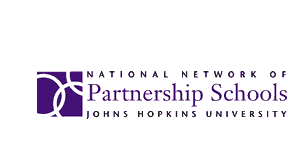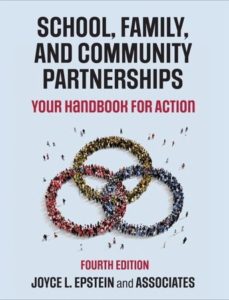Steven B. Sheldon, Ph.D.
Associate Director, NNPS, and Associate Professor of Education
There is a phenomenon, prolepsis, which refers to our tendency to make assumptions about the future before it happens. More simply, sometimes we base our current actions in anticipation of an imagined or possible future.
We have activated prolepsis in education for decades, presuming that the next school year will be similar to previous ones. In a typical May or June, for example, district leaders, principals, and teachers close their schools and classrooms with the expectation that, come fall, children will walk through the school doors, greet their teachers and peers, find their classrooms and their seats, and begin to learn from the activities and lessons presented by the teacher.
In the past two months, nearly every district closed its schools so that we could practice social distancing and slow the transmission of COVID-19. It has become apparent that the upcoming fall semester will not be like the ones we’ve previously experienced. Although we do not know exactly what schooling will look like in the fall, now is the time to prepare for the possible futures.
School closures have exposed and highlighted the critical role families play in student learning. School, family, and community partnerships linked to student learning, mental health, and talent development quickly became critical for helping students learn and grow during the time of COVID-19. Whether the school district provided paper packets of activities, virtual classrooms, or links to online resources, the system of students’ remote learning relies on family members to provide the structure and oversight that keep students engaged in their schoolwork. For numerous reasons, many family members struggle with this. And while school districts are still struggling to understand what the next school year will look like, it seems clear that the central role of families will not diminish and we must be ready to integrate school and family partnerships into regular education practice.
First, we can no longer limit family engagement activities to school-based workshops or events. Educators need to devote thought, time, and energy to help families understand how to support and monitor their children’s learning at home.
One specific idea for whatever the future fall semester brings is TIPS interactive homework. The National Network of Partnership Schools (NNPS) created TIPS (Teachers Involve Parents in Schoolwork) to help teachers facilitate family engagement in ways directly connected to student learning without requiring parents to “teach” school subjects. Each assignment enables the student to show and explain to a parent or family partner something interesting that they are learning. Then, the pair talk together to solve a new problem, discuss how the school skill is used in the “real world,” or do an activity together. In this way, parents can reinforce the importance of schoolwork and homework, and motivate their child to keep learning.
In response to COVID-19, NNPS made TIPS materials free to NNPS members. The NNPS staff will help district leaders and teachers use TIPS in the elementary and middle grades in reading/language arts, math, and science. This will help teachers who assign homework in class (if school is open) or, if school doors remain closed, choose to use TIPS in paper packets for students who do not have computers at home for remote learning. (See Special Offer: Free TIPS activities)
As we continue to keep physical distance in all activities, typical fall Back-to-School Nights or Family Reading Nights will require significant changes. They should not, however, be abandoned. Holding frequent meetings with families on virtual platforms, especially at the beginning of the school year, will be essential. Share with your families what they can do to support their children’s learning. Be clear about what you are teaching and where they can find quality resources online. Consider having evening “office hours” for families who are struggling with new school structures. If children are using an online gradebook or learning platform to access school and homework, be sure to show parents how they can use these platforms. Include information on how they can send an e-mail to their child’s teacher; how they can they check to see if their children are turning in assignments; and how they look at their child’s work and feedback from the teacher to understand the resulting grade. Whether school is open or remote, this kind of information is essential for families to support their learners from home.
Drawing from the swift but strong COVID-19 changes, we no longer can operate as though children’s learning is situated only in the classroom. Come this fall, in many districts, students may not attend school every day of the week because of social distancing. Now is the time to think about how all teachers will support families as true partners in their children’s learning. Using many different technologies and safe meeting places, plan how educators will get to know all children’s families and how families will meet and know their child’s teachers. We don’t know what school will look like in the fall, but we do know that families will continue to have an even greater role in their children’s education. We need to design educational practice with this possible future in mind.

